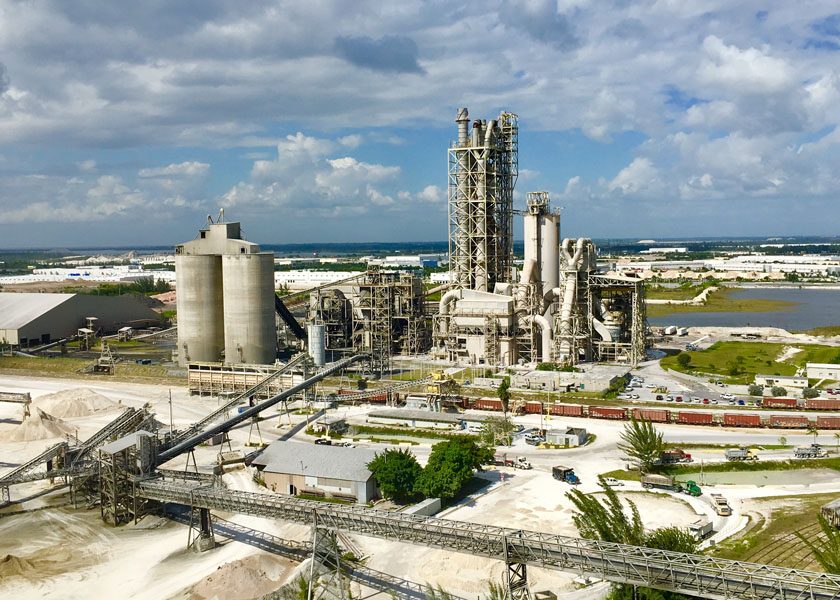Sources: American Coal Ash Association (ACAA), Denver; Staff reports
An ACAA-sponsored report analyzing the most up-to-date U.S. Geological Survey (USGS) information available concerning coal ash constituents concludes that the concentrations of metals in the material, with few exceptions, are below environmental screening levels for residential soils and similar in concentration to common dirt.
“Coal Ash Material Safety – A Health Risk-Based Evaluation of USGS Coal Ash Data from Five US Power Plants” uses scientific methods to demonstrate that coal ash does not qualify as a hazardous substance based on its composition and should not be classified as hazardous on a human health risk basis. That finding is contrary to claims of environmentalists lobbying for stringent Environmental Protection Agency oversight of coal ash handling and storage.
“Anti-coal environmental activists consistently refer to coal ash as ‘highly toxic’ and ‘hazardous to your health’ with no regard for how those unsupported descriptions damage the environmentally beneficial recycling of the material,” says ACAA Executive Director Thomas Adams. “This scientific analysis, taken with other reports, conclusively shows that coal ash is safe and comparable to other common materials. Its use as a recycled material should be encouraged, not disparaged.”
The report utilizes recently published USGS data on the constituents of coal ash collected from power plants in Alaska, Indiana, New Mexico, Ohio, and Wyoming—representing a broad spectrum of coal types and environmental conditions. The data showing what metals are present in coal ash were then evaluated using scientifically accepted methods for determining human health risks and compared to EPA-established residential soil screening levels.
That comparison method, notes Lisa Bradley, Ph.D., report author and senior toxicologist/risk assessor with engineering giant AECOM, “is the most environmentally conservative approach possible. This analysis estimates exposure to children who live on top of a coal ash pile 24 hours a day. Even under these unrealistic conditions, the metals contained in coal ash do not rise to a level that warrants more than a screening level evaluation using U.S. EPA established guidelines.”
Her report assesses coal ash from each of the five power plants for which new government data is available. Comparisons are made to the levels of metals in background soils based on previous USGS data the Electric Power Research Institute compiled in 2010.



